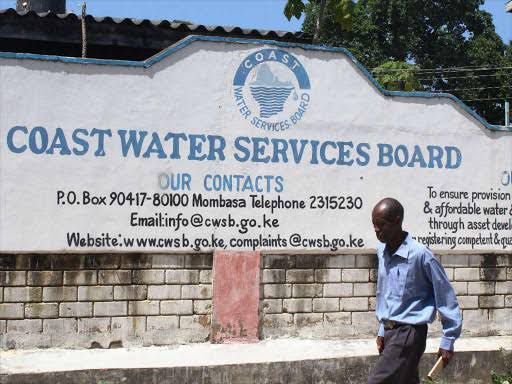The Coast Water Works Development Agency (CWWDA) has announced a vacancy for the position of Chief Executive Officer (CEO) at its headquarters in Mombasa.
In an advertisement published on MyGov on Tuesday, CWWDA stated that it is accepting applications both manually and online.
“The Agency wishes to recruit a self-driven and result-oriented Kenyan to fill a vacancy in the Office of the Chief Executive Officer at its Headquarters in Mombasa to facilitate delivery of its mandate,” the notice read.
Interested applicants can find detailed job descriptions and application requirements on the agency’s official website, www.cwwda.go.ke.
Qualified candidates are required to download and fill out the CWWDA Application for Employment Form and Curriculum Vitae (CV) template available on the website.
Applications must include certified copies of academic and professional certificates as well as a national identity card.
The deadline for submission is Tuesday, January 7, 2025, by close of business.
Applications should be clearly marked ‘Application for the position of Chief Executive Officer’.
Manual applications should be hand-delivered to the Coast Water Works Development Agency offices on Mikindani Street, off Nkrumah Road, Mombasa, during working hours between 8:00 a.m. and 5:00 p.m. Alternatively, online applications can be submitted in PDF format via email to chairman@cwwda.go.ke.
Applicants are also required to provide clearance certificates from the Kenya Revenue Authority (KRA), Higher Education Loans Board (HELB), Ethics and Anti-Corruption Commission (EACC), and the Directorate of Criminal Investigations (DCI).
CWWDA reiterated that incomplete applications will not be considered, and any form of canvassing will result in automatic disqualification.
Email your news TIPS to Editor@kahawatungu.com or WhatsApp +254707482874

